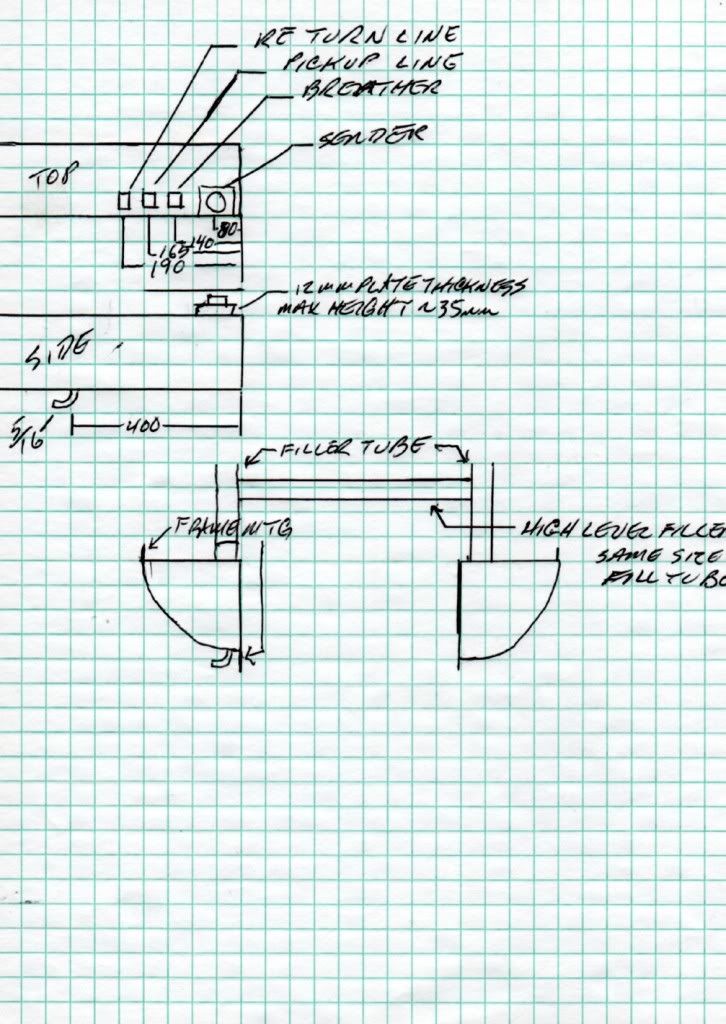Seymour Snerd
Lifetime Supporter
connecting the two tanks is a problem. To connect two tanks you would have to have a common line run from the bottom of each tank to allow one tank to spill into the other as you draw fuel from one tank. I really don't have the skill level or the desire to pierce the bladder of each tank and put a cross over. I now have the ability to draw on either tank now with a carb setup the "T" with two check valves works nicely.
You can connect two tanks *and* draw from them both without an additional hole in either bladder: Connect the two existing outlets together, keep that line at the same (low) altitude, and insert a T anywhere between the two tanks that you want. Use one pump to draw from that T and supply the engine. Return to either tank or both tanks; it doesn't matter. Done. Am I missing something?
(PS: this is exaclty how the dual-tank setup on a Lotus Europa is laid out.)
Last edited:






